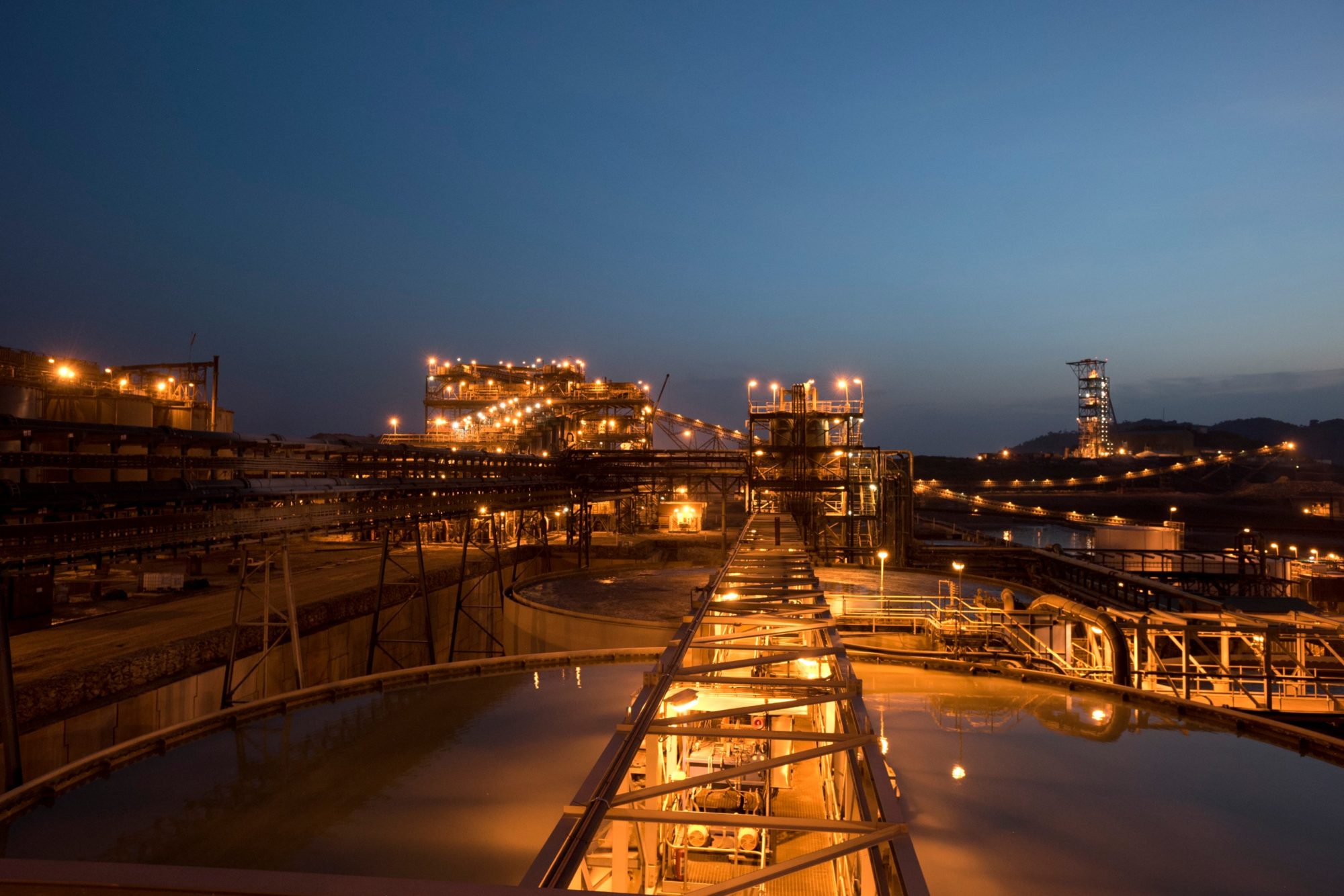Barrick Gold says its 45%-owned Kibali gold mine in the Democratic Republic of the Congo is continuing its technological advances with the introduction of truck and drill training simulators and the integration of systems for personnel safety tracking and ventilation on demand.
The mine, which is owned 45% by AngloGold Ashanti and 10% by SOKIMO, surpassed its 2019 guidance of 750,000 oz in 2019, delivering 814,027 oz in another record year, Barrick said this week.
Barrick President and Chief Executive, Mark Bristow, told a media briefing that Kibali’s continuing stellar performance was a demonstration of how a modern, Tier One gold mine could be developed and operated successfully in what is one of the world’s most remote and infrastructurally under-endowed regions.
He also noted that, in line with Barrick’s policy of employing, training and advancing locals, the mine was managed by a majority Congolese team, supported by a corps of majority Congolese supervisors and personnel.
Kibali is already one of the world’s most highly automated underground gold mines, with the operation’s backbone being Sandvik’s Automine Multi Fleet system, supervised on surface by a single operator. In a world first, it allows a fleet of up to five LHDs to be operated autonomously, 750 m below the surface, within the same 6 m x 6 m production drive while using designated passing bays to maintain traffic flow, the company says. A similar system is used in the production levels to feed the ore passes, according to Barrick.
The company said it had now introduced truck and drill training simulators and integrated systems for personnel safety tracking and ventilation demand control, adding that the simulators will also be used to train operators from Barrick’s Tanzanian mines.
Bristow also said that the company was maintaining a strong focus on energy efficiency at the mine through the development of its grid stabiliser project, scheduled for commissioning in the June quarter of 2020.
He said: “This uses new battery technology to offset the need for running diesel generators as a spinning reserve and ensures we maximise the use of renewable hydro power. The installation of three new elution diesel heaters will also help improve efficiencies and control power costs. It’s worth noting that our clean energy strategy not only achieves cost and efficiency benefits but also once again reduces Kibali’s environmental footprint.”
Bristow said despite the pace of production and the size and complexity of the mine, Kibali was maintaining its solid safety and environmental records, certified by ISO 45001 and ISO 14001 accreditations.











